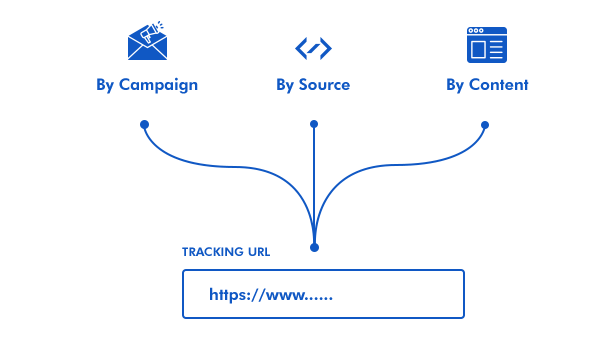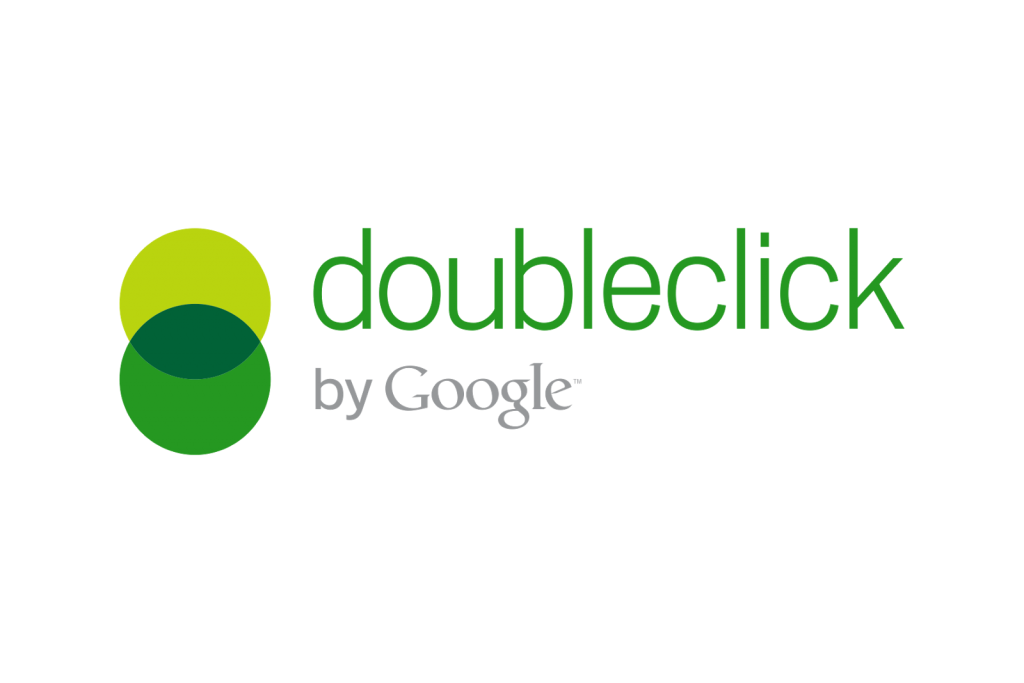WHAT IS AD TRACKING?
Ad tracking is the method of gathering data and user insights on the achievement of online advertising campaigns. There are multiple methods advertisers can employ to collect this information, including tracking URLs, tracking pixels, and cookies. We will discuss these methods below .If you’re new to running online ads, that is necessary to spend some time thinking about the specific metrics that will determine the success of your campaign. Ad tracking today exists across several different tools and platforms, and advertisers can collect data on everything from views and clicks to impressions and behavior across multiple sessions and websites.
The sheer amount of data access can be overwhelming (not to mention distracting from your purposes), so choosing toward one or two key performance indicators (KPIs) will assist focus your efforts and make reporting more straightforward and efficient


THE URLS TRACKING
The URL tracking is a standard page URL of your website by any tracking token attached to the end of it. Here is an original landing page URL by itself, and with a tracking token (in bold).
the old regular landing page url : http://www.yourwebsite.com/your-landing-page/
landing page url with a tracking token : http://www.yourwebsite.com/your-landing-page/?utm_campaign=test-campaign&utm_source=email
DOUBLECLICK AD TRACKING
If you’ve ever noticed an ad for a product you observed weeks ago following you around on the internet, it’s possible the result of DoubleClick ad tracking. DoubleClick, which was obtained by Google in 2008, is an ad management and ad serving platform that allows marketers to run ad campaigns across multiple channels.Online journalists use DoubleClick to essentially rent out ad space on their websites, and agencies and advertisers use the product to place ads on websites where their target audiences are spending time.In 2012, Google rebranded its DoubleClick products as Google Marketing Platform (formerly DoubleClick), Google Ads (formerly Google AdWords), and Google Ad Manager (formerly DoubleClick for Publishers and DoubleClick Ad Exchange).
Google offers advertisers several different ad tracking options when they create campaigns on the platform — most of which rely on the use of cookies.As Google has said, “Cookies do not observe the information that is private as well as personal. Depending on the publisher’s and user’s settings, information associated with cookies utilized in advertising may be added to the user’s Google Account.”


FACEBOOK AD TRACKING
Advertisers on Facebook can leverage various ad tracking procedures to optimize ads for their readers. Facebook’s ad tracking pixel is one of the more traditional methods. It performs likewise to the primary tracking pixel we described above and can be used to track the path someone takes from viewing an ad, to visiting your website, to buying a product.When the procedure takes place on a page where a tracking pixel has been set up, the pixel will “fire” and transfer that message back to your Facebook Events Manager account. Information collected through the tracking pixel can also be used in the making of custom audiences for future ad campaigns.
